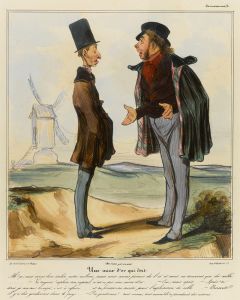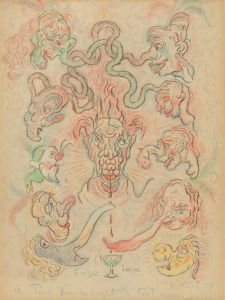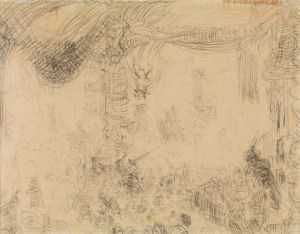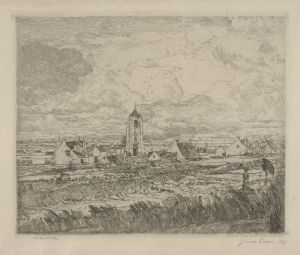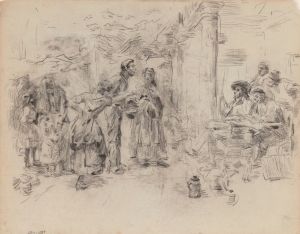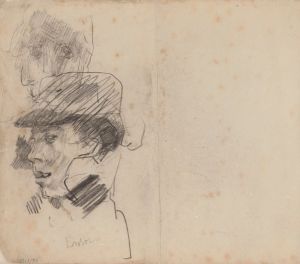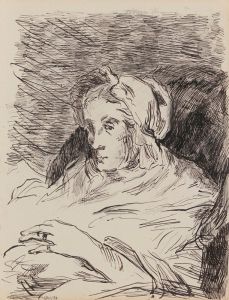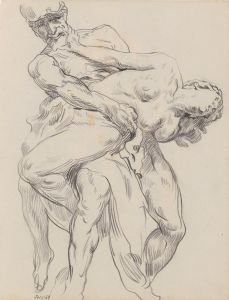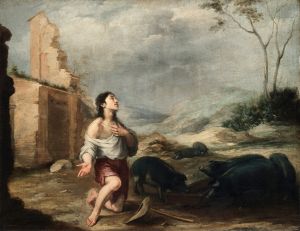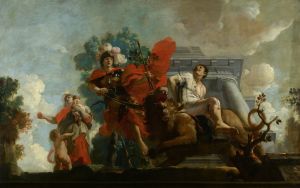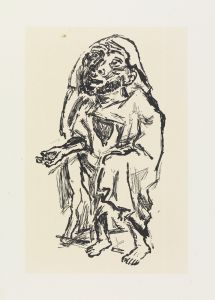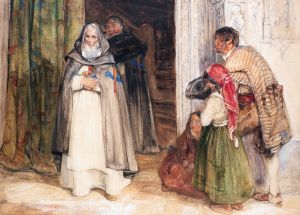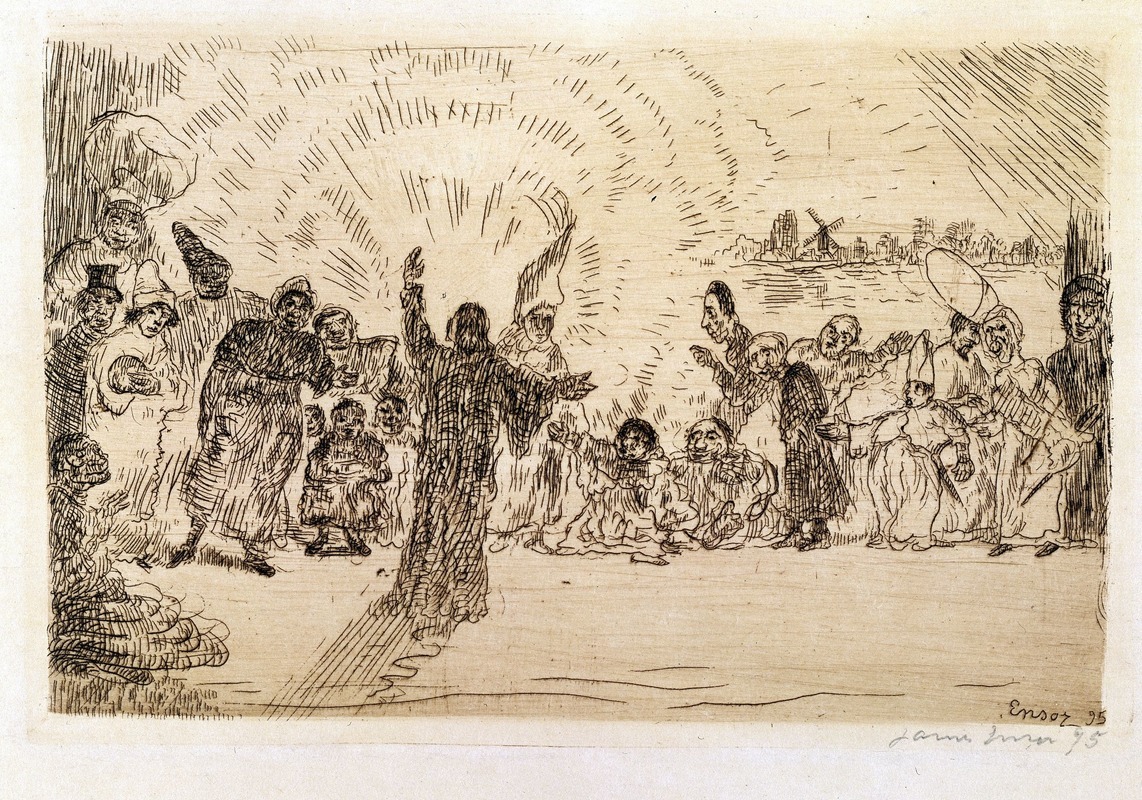
Christ and the Beggars
A hand-painted replica of James Ensor’s masterpiece Christ and the Beggars, meticulously crafted by professional artists to capture the true essence of the original. Each piece is created with museum-quality canvas and rare mineral pigments, carefully painted by experienced artists with delicate brushstrokes and rich, layered colors to perfectly recreate the texture of the original artwork. Unlike machine-printed reproductions, this hand-painted version brings the painting to life, infused with the artist’s emotions and skill in every stroke. Whether for personal collection or home decoration, it instantly elevates the artistic atmosphere of any space.
James Ensor, a prominent Belgian painter associated with the Symbolist movement, created the artwork "Christ and the Beggars" in 1897. Ensor is renowned for his unique style that often incorporates fantastical elements, vivid colors, and a blend of grotesque and satirical themes. His work frequently explores the tension between the sacred and the profane, and "Christ and the Beggars" is a quintessential example of this thematic exploration.
"Christ and the Beggars" depicts a scene where Christ is surrounded by a group of beggars. Ensor's portrayal of Christ is consistent with his broader oeuvre, where he often uses religious imagery to comment on societal issues. In this painting, Christ is shown as a compassionate figure amidst a chaotic and desperate crowd, highlighting themes of poverty, suffering, and redemption. The beggars, rendered with Ensor's characteristic attention to expressive detail, are depicted in various states of distress and need, emphasizing the social disparities of the time.
Ensor's use of color and composition in "Christ and the Beggars" is notable. The painting features a dynamic arrangement of figures, with Christ positioned centrally, drawing the viewer's attention to his serene and benevolent demeanor. The surrounding beggars are depicted with exaggerated features and expressions, a technique Ensor often employed to convey the emotional intensity of his subjects. The color palette is both vibrant and somber, with contrasting hues that enhance the dramatic impact of the scene.
The painting reflects Ensor's interest in the human condition and his critique of societal norms. By juxtaposing the divine figure of Christ with the marginalized beggars, Ensor challenges the viewer to consider themes of compassion, morality, and social justice. This work, like many of Ensor's pieces, can be seen as a commentary on the hypocrisy and indifference of society towards the less fortunate.
"Christ and the Beggars" is part of Ensor's broader body of work that often includes religious and allegorical themes. His paintings are characterized by their bold use of color, innovative compositions, and a distinctive blend of realism and fantasy. Ensor's influence on modern art is significant, as he paved the way for later movements such as Expressionism and Surrealism.
The painting is housed in the Royal Museum of Fine Arts in Antwerp, Belgium, which holds an extensive collection of Ensor's works. This institution plays a crucial role in preserving and showcasing Ensor's legacy, allowing audiences to engage with his unique artistic vision.
In summary, "Christ and the Beggars" by James Ensor is a powerful exploration of religious and social themes, rendered in the artist's distinctive style. Through this work, Ensor invites viewers to reflect on the complexities of human nature and the enduring relevance of compassion and empathy in society.






